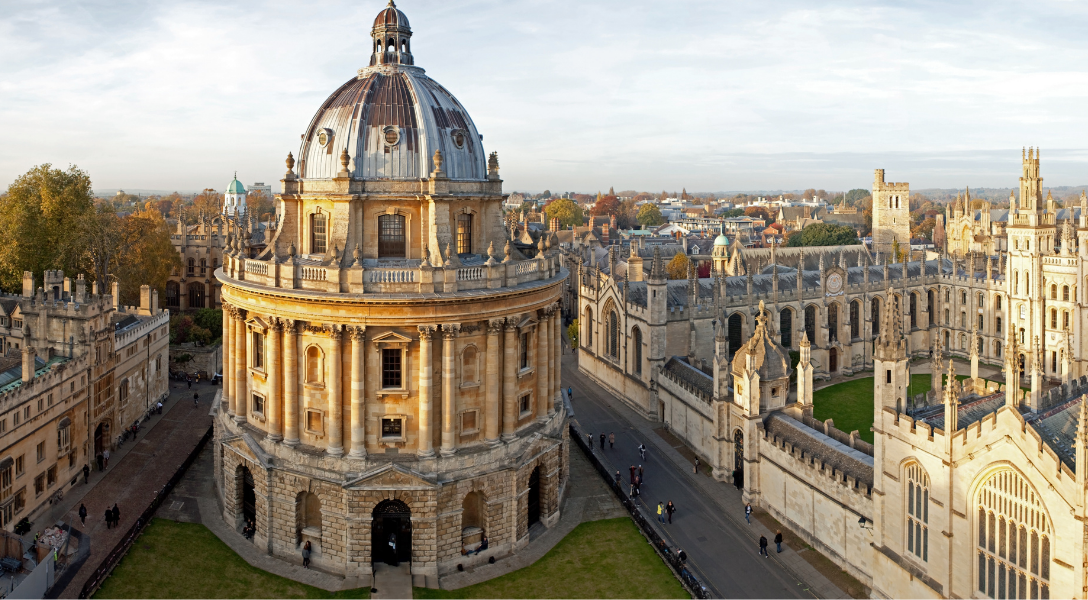Honouring heritage forms unbreakable communities

For Local and Community History Month, Laura Burson, Director of Locale Life, the ultimate tenant engagement solution, shares why the preservation of heritage buildings and landmarks will result in strong community engagement and identity.
With May being Local and Community History Month, it’s important for the real estate sector to know why a community rooted in its environment not only celebrates and honours the history of spaces and places but is a must for enlivened and strong communities that are engaged, fulfilled, and most importantly, sustainable.
I’ve always held a love and fascination for heritage sites, with my own home a Grade ll-listed property built in the 1650s. The individuality, warmth, and complexity that heritage buildings and properties foster with those who use or share in the space is nothing short of magical. It’s the beating heart that many generations have had the privilege to create fond memories and form emotional connections with. Historic houses help to define a community, create a sense of history and permanence, and contribute to community pride.
Preservation over demolition
Typically, when faced with older sites and assets, the wrecking ball can seem the far more economically attractive choice for developers, however, starting anew often reaps very short-term rewards. Recent events have shown the enduring love we have for places that simply cannot be replicated in its history, culture, and heritage. Established communities are fiercely loyal to these places; as recognisable symbols of an area or of a generation, it differentiates that community from others, and so, the far more beneficial choice would be to tap into that independence and, in most cases, choose restoration or reimagining over demolition. Focusing on community uniqueness by choosing to rebuild and restore will create ultimate destinations that are recognisable and sought after by occupiers and residents.
Placemaking fosters existing communities
In these continued new normal times, people are still favouring to spend time locally rather than travel outside their communities with research conducted by Mastercard in late 2020 showing 66% of UK shoppers more likely to shop in their local area than they were the year before. In response to this shift in consumer and occupier behaviour, a digital placemaking strategy will be a powerful opportunity for developers and operators to add value to established communities, particularly where heritage sites are involved, as identity is a core pillar to the principles of placemaking in both process and philosophy. Working with consultants, insiders can carve a unique engagement strategy that combines human and tech powered services. This includes investing early in curated event management, occupier surveys and community listening programmes, enabling a better understanding of the needs of the local community, and developing relationships with local and nearby businesses and community groups to create a more rounded and close-knit social ecosystem for occupiers.
An enduring success
In real estate, we are given a powerful opportunity to not only shape the social and cultural prosperity of buildings and its connectivity to the community but to shape the future of it. If done right, enhancing the buildings that carry symbolic and historical significance to a community will ensure its long-lasting success and that of the entire community, being the beacon of innovation and genuinely sustainable community creation.




